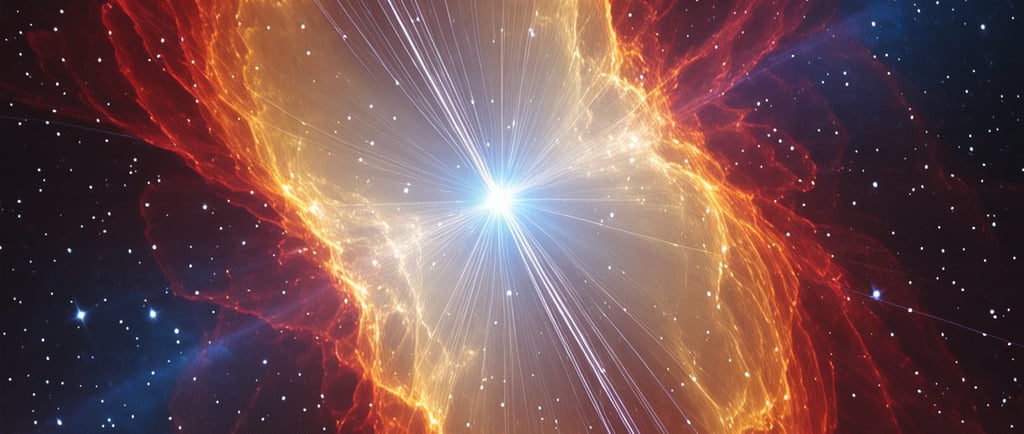SN 1993J: The Brilliance of a Supernova


Introduction to SN 1993J
Located in the galaxy M 81, also known as NGC 3031, SN 1993J is celebrated as the brightest supernova to grace the northern hemisphere in nearly six decades. This astronomical event captivated the interest of both amateur and professional astronomers alike when it occurred in March 1993. Situated approximately 11 million light-years away in the constellation Ursa Major, SN 1993J became a focus of extensive research and observation following its discovery.
Historical Context of Bright Supernovae
Before delving into SN 1993J, it's crucial to contextualize its significance within the realm of stellar explosions. The last notable supernova that reached comparable brightness from northern latitudes was SN 1937C, which was observed in the galaxy IC 4182. This event highlighted the rarity of such phenomena in the northern skies. Alongside SN 1993J, other prominent supernovae include SN 1972E and SN 1987A, each having added to our understanding of stellar lifecycles and the dynamics of galactic evolution.
The Importance of Observing Supernovae
Observing supernovae like SN 1993J provides invaluable insights into the nature of the universe. These explosive events occur at the end of a massive star's life cycle and are critical for the dispersal of elements throughout the cosmos. Material expelled from supernovae contributes to the formation of new stars and planets, enabling the creation of the very building blocks of life. Moreover, the brightness of such events allows astronomers to study their light curves, chemical composition, and expansion dynamics, helping to unravel the mysteries of cosmic evolution.
Furthermore, the visibility of SN 1993J significantly impacted both amateur stargazers and professional researchers during its peak brightness. Its prominence ignited interest in astronomical pursuits and enhanced public awareness about supernovae and their implications for our understanding of the universe.
In conclusion, SN 1993J stands as a pivotal event in the field of astronomy and is a testament to the beauty of stellar phenomena. As we reflect on its impact nearly three decades later, we remain grateful for the opportunities such supernovae present in advancing our cosmic knowledge. The legacy of SN 1993J, alongside its supernova companions like SN 1937C, SN 1972E, and SN 1987A, continues to inspire future generations of astronomers and enthusiasts.
